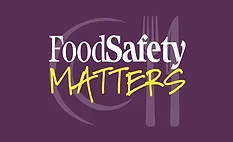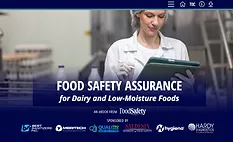
Biofilm Control
Biofilm is a colonial structure formed by microorganisms in order to survive and adapt in adverse environmental conditions. Biofilms formed by bacteria in food processing facilities can lead to transmission of disease, food contamination, spoilage of food products, and/or damage to food production surfaces.
Articles
More ArticlesNever miss the latest news and trends driving the food safety industry
Newsletters | Website | eMagazine
JOIN TODAY!Copyright ©2026. All Rights Reserved BNP Media.
Design, CMS, Hosting & Web Development :: ePublishing


